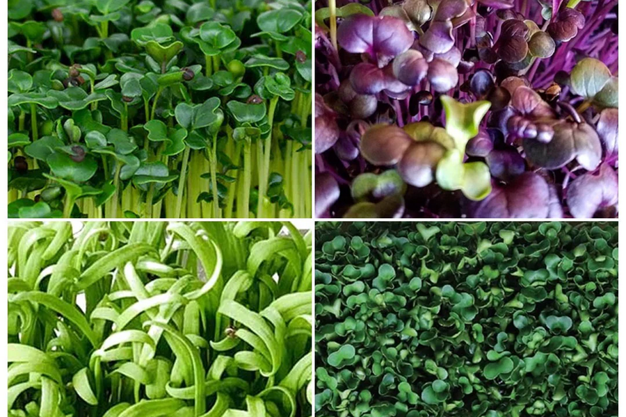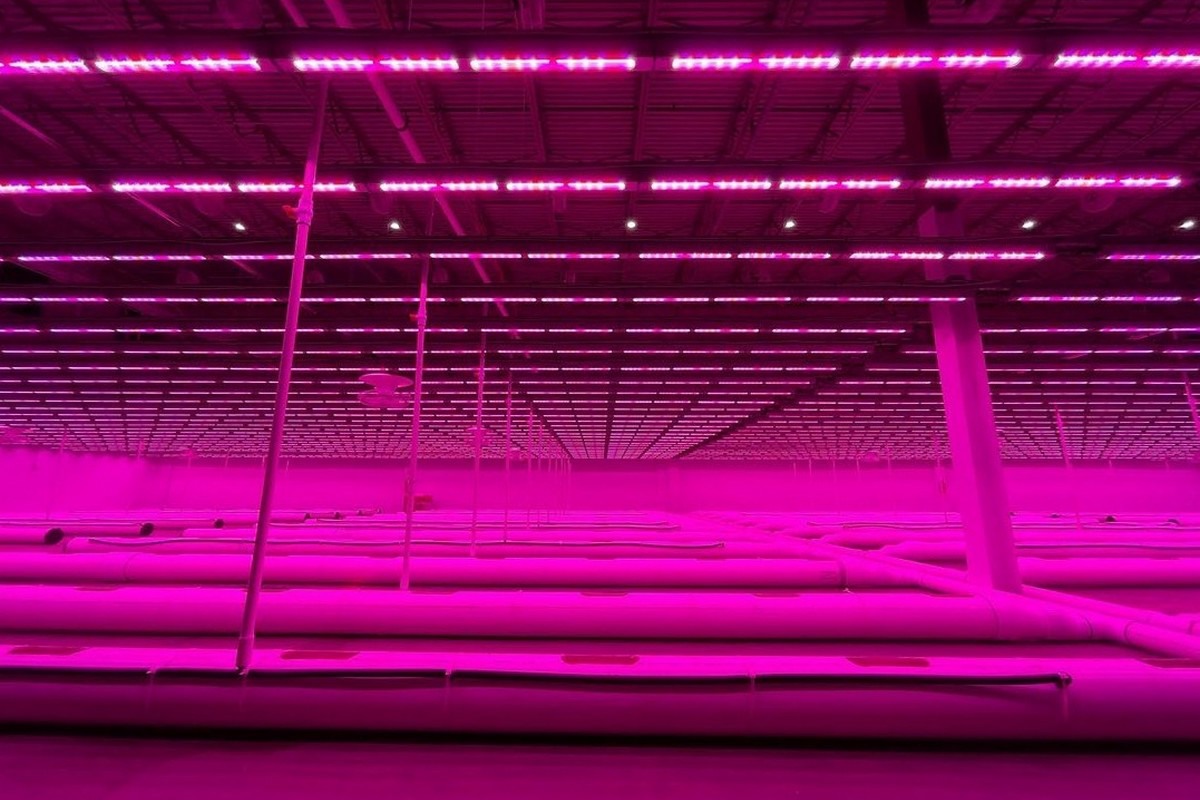A recent study titled 'Continuous LED Lighting Enhances Yield and Nutritional Value of Four Genotypes of Brassicaceae Microgreens' delve into the world of microgreens, specifically arugula, broccoli, mizuna, and radish, to explore the impact of continuous lighting (CL) with the help of LED grow lights and different light spectra on their growth and nutritional quality. Employing light-emitting diode (LED) Grow lights and fluorescent lighting, the findings suggest that a 24-hour photoperiod significantly enhances the yield and nutritional value of these Brassicaceae microgreens. The study explores the nuances of light quality, photoperiod, and their interplay, shedding light on a promising strategy for economic and nutritional benefits in microgreen production.
LED grow light technology and microgreen growth
LED grow light technology, with its narrowband-emitting diodes and near monochromatic spectrum in the PAR band, allows for precise control of the light environment, influencing plant growth and bioactive compound synthesis. This study focuses on Brassicaceae microgreens—arugula, broccoli, mizuna, and radish—and investigates the effects of continuous lighting (CL) delivered by LED Grow Lights and fluorescent lamps.

Results
Microgreens were cultivated under four combinations of two photoperiods (16 h and 24 h) providing daily light integral (DLI) of 15.6 and 23.3 mol /m2 /day, respectively, with two light spectra resulted in the following outcomes:
3.1. Plant growth and yield
Continuous LED lighting (LED-CL) with the help of LED grow lights significantly enhanced the growth and productivity of microgreens, leading to higher fresh and dry weights, increased leaf mass per area, and a higher robust index. The use of CL with the help of LED Grow Lights also accelerated the emergence of the first true leaf, suggesting a potential reduction in time to harvest.
3.2. Plant growth and PAR response
Microgreens exhibited optimal growth at higher PAR levels, with the 450 µmol /m² /s treatment resulting in significantly increased fresh and dry weights. This highlights the positive correlation between light intensity, photosynthetic activity, and biomass production.
3.3. Photosynthetic pigments
While CL resulted in a decrease in total chlorophyll content for arugula and mizuna, LED-CL treatments with the help of LED Grow Lights showed higher levels of chlorophyll a/b and carotenoid-to-chlorophyll ratios.
3.4. PAR influence on photosynthetic pigments
Higher PAR levels positively impacted chlorophyll synthesis, leading to increased chlorophyll a/b ratios and enhanced carotenoid-to-chlorophyll ratios. The microgreens under 450 µmol /m2 /s PAR exhibited robust photosynthetic pigment content, indicative of improved light capture efficiency.
3.5. Anthocyanins and flavonoids
Microgreens treated with CL with the help of LED grow lights exhibited a significant increase in anthocyanins and flavonoids, particularly under specialized grow light spectrum. This correlated with visible color changes, suggesting an improvement in phytochemical content and potential health benefits.
3.6. Oxidative stress and antioxidative enzyme activity
CL from LED grow lights induced mild oxidative stress, evidenced by higher hydrogen peroxide (H2O2) content. However, plants responded by accumulating antioxidants such as proline, anthocyanins, and flavonoids. The activity of antioxidant enzymes (CAT, SOD, APX, and GPX) increased, indicating a protective response to oxidative stress.
Light spectrum and LED ratios
The LED light ratio of red: green: blue was 50.3: 21.1: 17.6 in this study. This specific LED spectrum played a crucial role in influencing plant responses, with LED-CL Grow Light treatments consistently showing more pronounced effects compared to fluorescent lighting.
Conclusion
This study underscores the potential benefits of continuous lighting using LED Grow Lights on the growth and nutritional quality of Brassicaceae microgreens. The findings suggest that grow light production strategies, with specific attention to light spectrum and ratios, could have economic and nutritional advantages. The study suggests that a PAR level of 450 µmol /m² /s promotes superior growth, photosynthetic efficiency, and bioactive compound accumulation. As the demand for microgreens continues to rise, optimizing production methods will be essential for sustainable and efficient cultivation.

A recent study titled 'Continuous LED Lighting Enhances Yield and Nutr...

"Financial incentives and rebates play a crucial role in lowering...

A year after converting the lettuce section of its 17 hectares of vege...